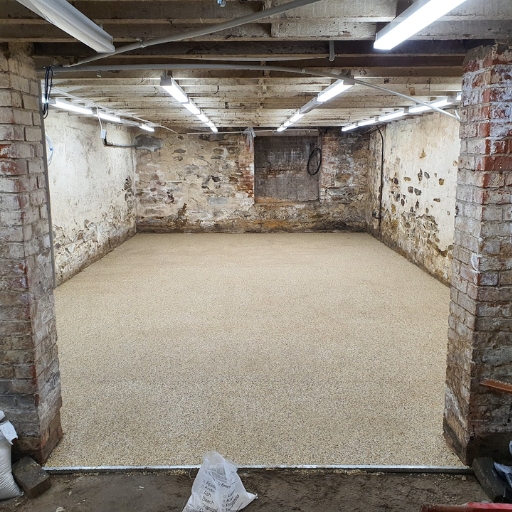
Enhance Historical Landscapes
Functional Resurfacing of Historic Surfaces to Breathe New Life
Sourced in Australia, the stone we use is ideal to match existing character and resin-bound to ensure safety and durablity. StoneSet has been specified at dozens of Heritage locations Australia Wide.
Federation era buildings employed loose gravel as a means of durable, decorative paving. Today, the dichotomy of heritage listings with public liability requires a modern paving solution – hard binding polyurethane resin.
Some significant heritage locations that have paved include Admiralty house, Observatory Hill and the Tasmanian Museum and Art Gallery.
StoneSet’s porous paving remains cooler than concrete and provides a more sustainable environment, and it’s so much more versatile for a wide range of landscaping applications.









